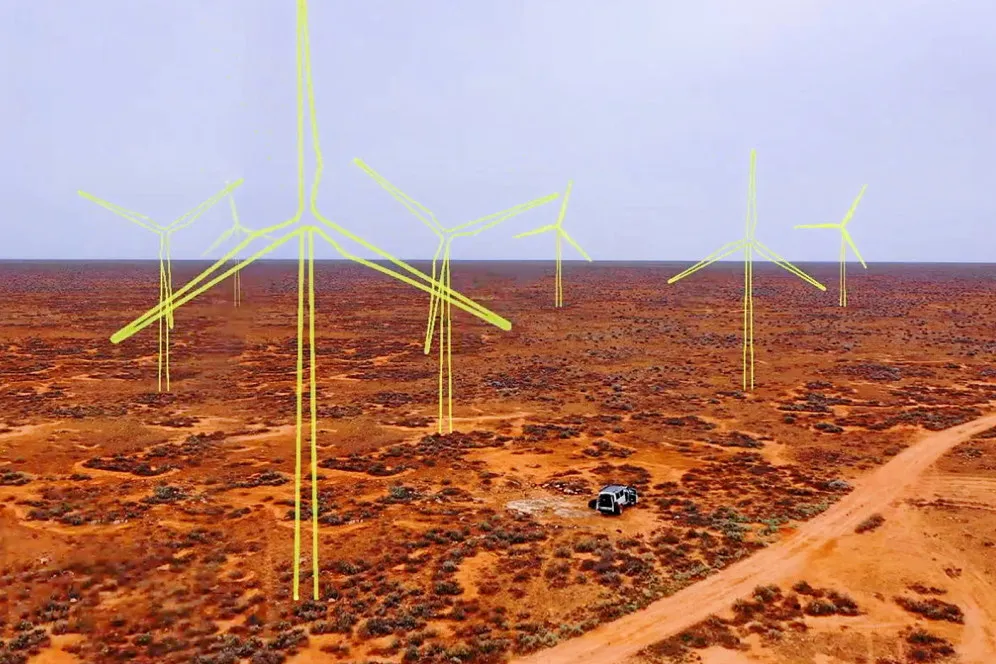South Korea’s largest power generator to join colossal Australian green hydrogen project
Kepco has signed an MoU to co-develop the Western Green Energy Hub, which will see 50GW of wind and solar power producing 3.5 million tonnes of renewable H2 annually
